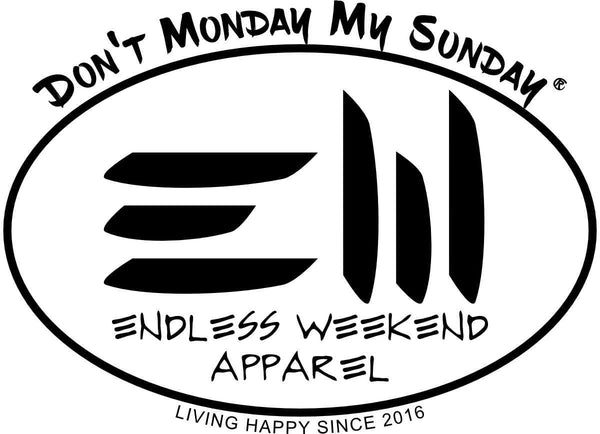SPF and UPF - What is the difference?
Share
SPF (Sun Protection Factor) is the first think many people think of when talking about sun protection and rightfully so with all the info out there about sunscreen, sprays and lotions etc. UPF (Ultraviolet Protection Factor) is a more recently developed term to describe the standards used to measure sun protection in fabrics. Originally many companies used SPF to describe how protective their fabrics were from the sun. Since the FTC finalized the UPF standard many companies have started using the term UPF. Use of the UPF standard is optional so many sun protective fabric makers still use the SPF system.
SPF Rating System
SPF readings and tests are always done on human subjects and SPF, is a gauge of how long a person can be exposed to the sun before getting burned. For example, if you have the type of skin that typically burns in about 10 minutes without sunscreen than applying the proper amount of sunscreen with a 15 SPF should protected for about 15 minutes from burning. No sunscreen product you from all UVA rays, even though some may advertise UVA protection. Sunscreens with identical SPF numbers should give you equivalent sunburn protection from UVB rays. The SPF standard does not measure the amount of UVA protection.
Many experts believe that UVB is the main cause of skin damage caused by sunlight, especially sunburn. UVA may be an important factor in other types of sun damage, including premature aging, wrinkles and the development of skin cancers. Many people ask if higher SPF protects their skin better
UPF Rating System
A fabrics UPF measurements are generally tested using a spectrophotometer and do not involve human test subjects. A UPF rate indicates how much of the sun's UV radiation is absorbed by the fabric. For example, a UPF rating of 50 only allows 1/50th of the sun's UV radiation to pass through it. A sun shirt with a UPF rating of 30 allows 1/30th of the sun's Ultraviolet radiation to pass through. This means that this fabric will reduce your skin's UV radiation exposure by 50 times or 30 times (98% UV block) in areas where the skin is protected by the fabric.
The biggest advantage of the UPF standard is that both UVB AND UVA are measured.
The chart below shows the different UPF protection ranges and the percentage of UV blocked. Don't Monday My Sunday products are all about living the active lifestyle. If outdoors and in the sun you need to be protected.
| Protection Category | UPF Range | UPF Values Allowed on Labels |
Approximate % UV Blocked
|
|
Good UV Protection
|
15 - 24
|
15 and 20
|
93.3% - 95.8%
|
|
Very Good UV Protection
|
25 - 39
|
25, 30 and 35
|
96.0% - 97.4%
|
|
Excellent UV Protection
|
40 - 50+
|
40, 45, 50 and 50+
|
97.5% - 98.0%
|
